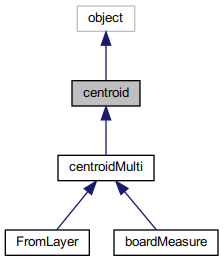Inheritance diagram for centroid:

Collaboration diagram for centroid:

The documentation for this class was generated from the following file:
- /local/source/python/trackpointer/trackpointer/centroid.py
|
IVALab Python Libraries
Collection of code for computer vision and robotics with specific API.
|

